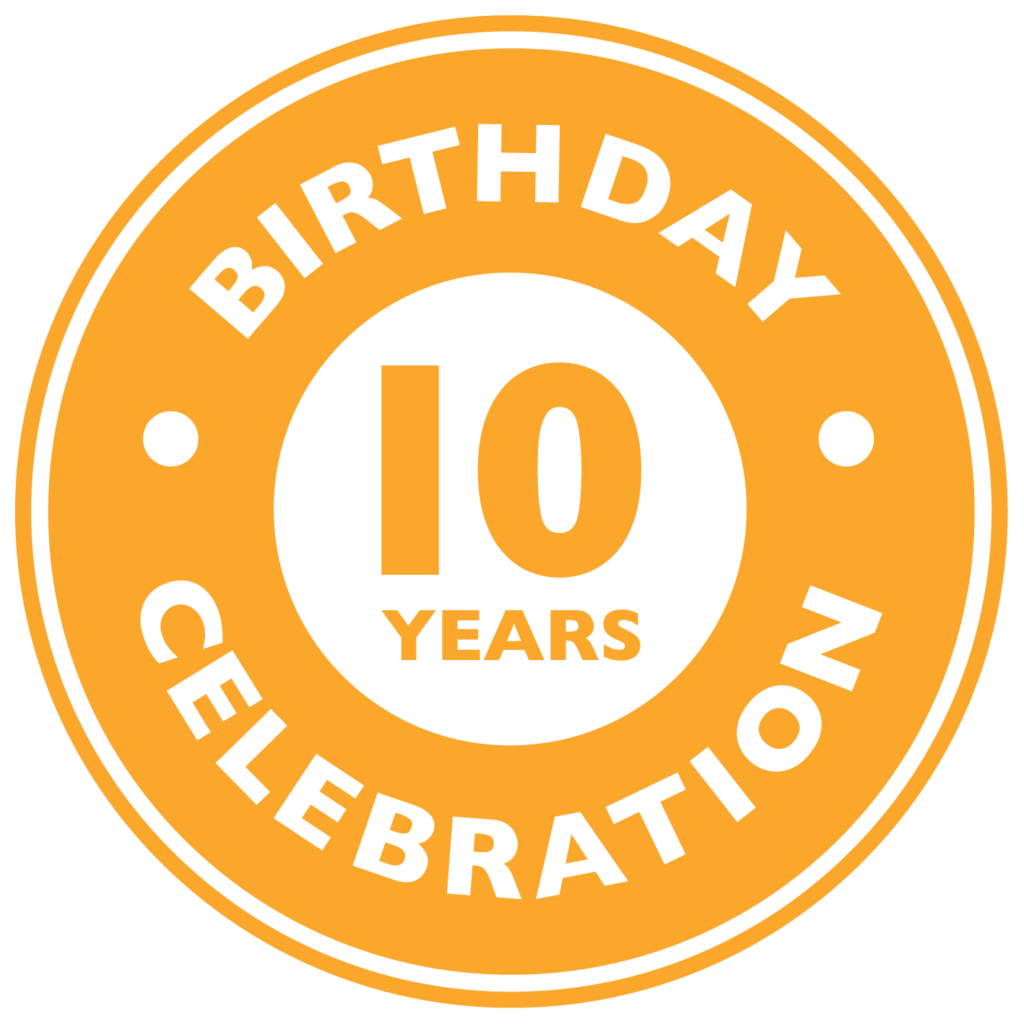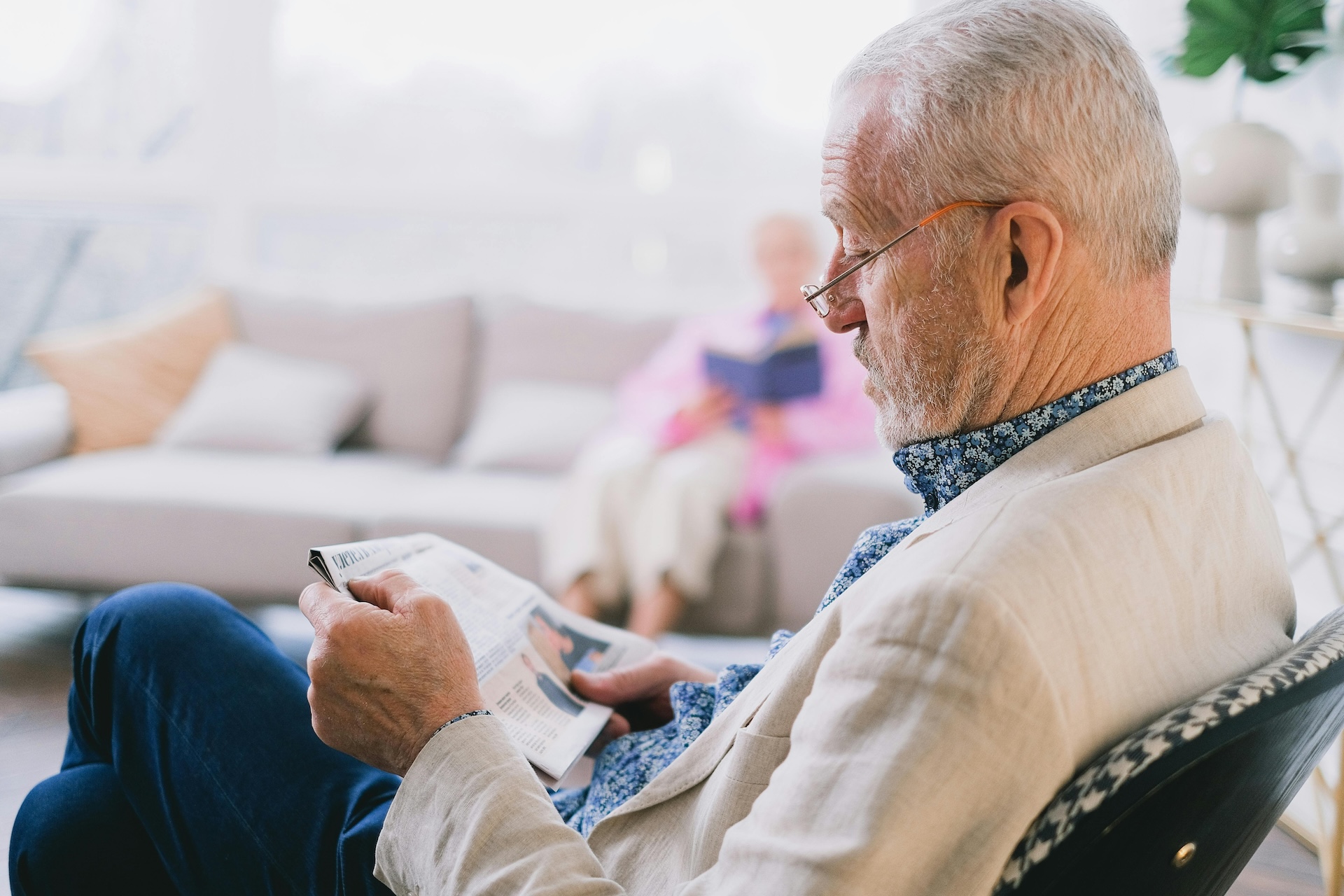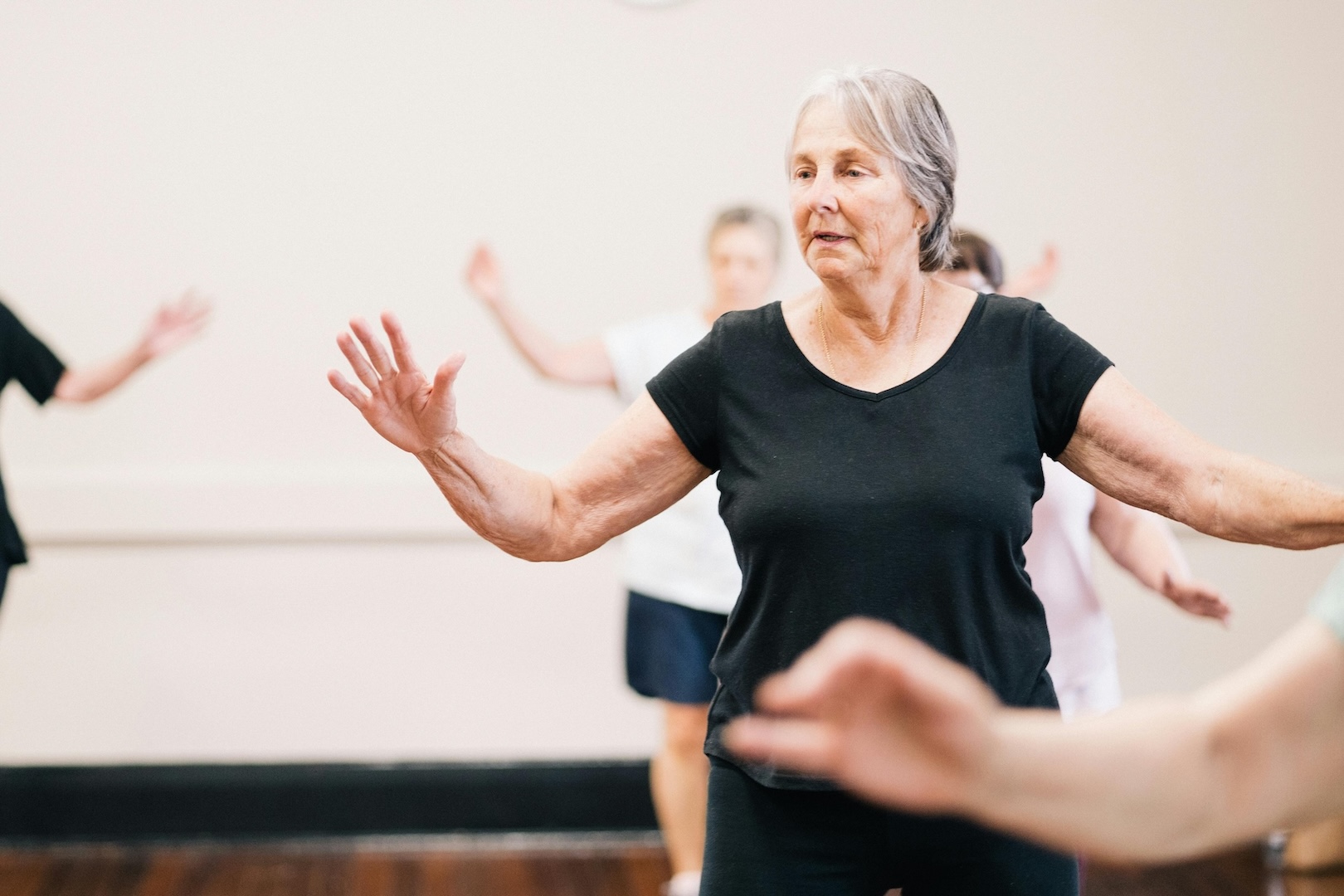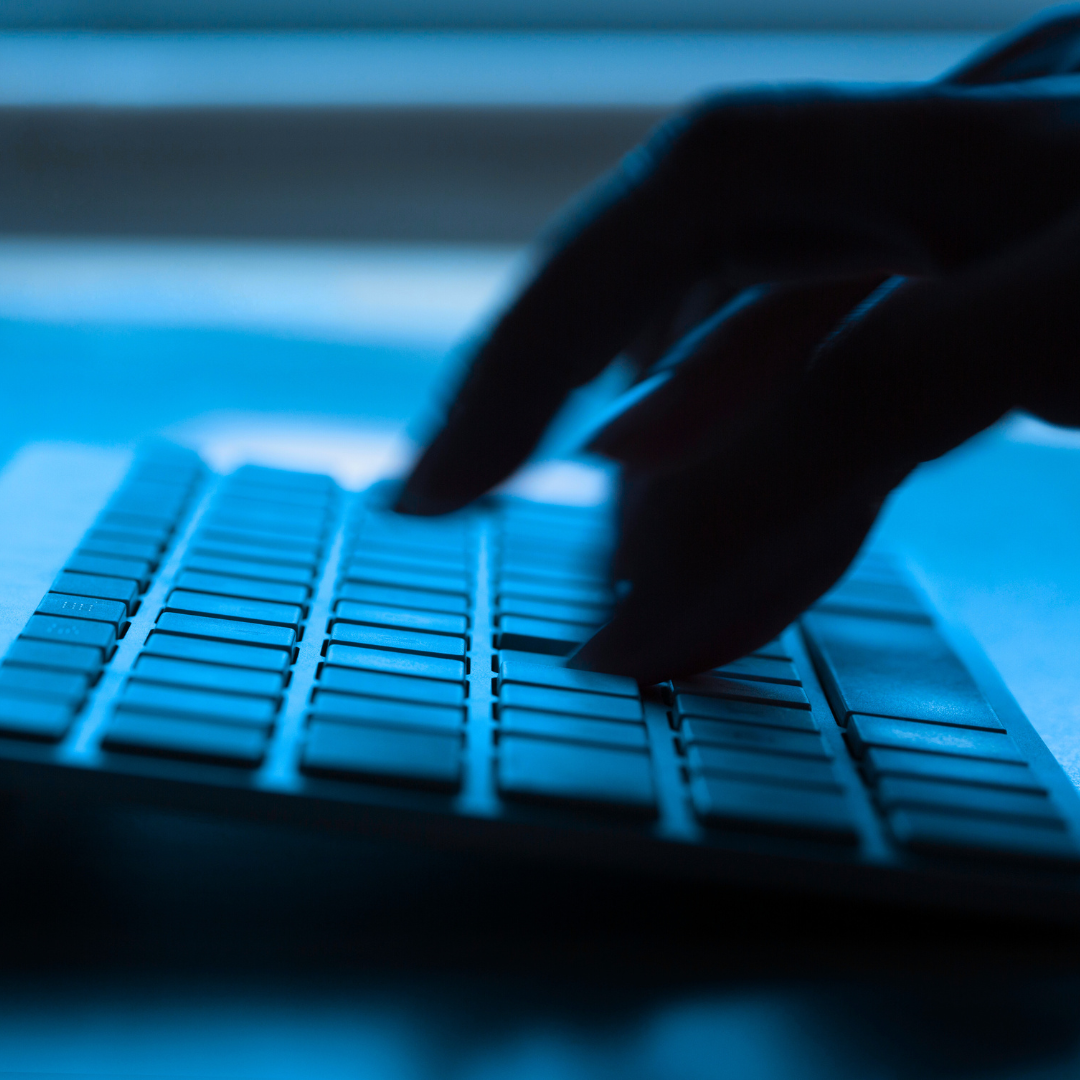Upper Limb Rehab After Strokes
How can the upper limb be affected by a stroke?
Everyone’s experience of stroke is unique, however there are some common effects of stroke to the upper limb (shoulder, elbow, wrist, hand) that can impact on a person’s ability to complete daily living tasks.
Read more about what a stroke is, it’s effects and recovery in our Stroke Effects and Recovery blog.
These may include:
- weakness of the limb on one side (hemiparesis)
- paralysis of the limb on one side (hemiplegia)
- reduced coordination of movements (apraxia, also known as dyspraxia)
- changes in muscle tone of specific muscle groups, from increased tone or tightness (spasticity), to low tone (hypotonia)
- shoulder subluxation
- Oedema or swelling of the arm from reduced movement
- Muscle contracture (shortening of muscle fibres), usually occurs after prolonged period of muscle tightness or immobility
- altered sensation, including loss of feeling/ numbness, increased sensitivity (hypersensitivity), pins and needles, or pain.
Can improvements in upper limb function be gained after leaving hospital?
Everyone will recover after stroke at different rates, and it is difficult to predict how much recovery you will experience in your upper limb, or how long it will take.
Most recovery will happen within the first 6 months after stroke, however those that continue rehabilitation outside of hospital, and are motivated to keep their upper limb active, can often continue to see improvements in their upper limb function for many months, even years after stroke.
How can an Occupational Therapist help?
Occupational Therapists complete thorough assessment of the upper limb, including range or movement, strength, functional task use and sensation assessments. They can also develop a rehabilitation program tailored to your specific needs and may involve a combination of therapies depending on your goals.
These may include, but are not limited to:
- Functional task retraining and techniques
- Targeted, repetitive exercise programs to increase strength and coordination of the upper limb, including home programs to be completed
- Evidence based neurological therapies such as mirror box therapy, mental practice of UL movements, functional electrical stimulation (FES), and constraint induced movement therapy. These therapies target the brain’s ability to ‘rebuild’ motor pathways within the brain (this is known as neuroplasticity).
- Adaptive aids and equipment to assist with completing independent daily living activities
- Slings and strapping (for shoulder subluxation and pain)
- Education on care and positioning of your arm
Need to know more?
For more information about how we can help with your stroke recovery, our experienced Occupational Therapists and Physiotherapists are here to help. Contact us today to discuss your needs via email at admin@ssrg.com.au or you can call us on 1300 729 190 and we will be happy to help!
Author: Michelle Nash
More about the author…
Michelle is an Occupational Therapist and Allied Health Manager, who manages the allied health clinical staff of Smart Solutions Rehab Group (SSRG). Her role includes facilitating and overseeing staff development and training, recruitment, and the quality of clinical work produced by SSRG clinicians. Michelle has worked across both government and private health organisations over the past 15 years in both clinical and management roles. Michelle has a special interest and extensive experience in the areas of Neurological Upper Limb Rehabilitation, Complex Wheelchair and Seating prescription, and staff and team management & development. Michelle holds a Bachelor of Applied Science (Occupational Therapy).




